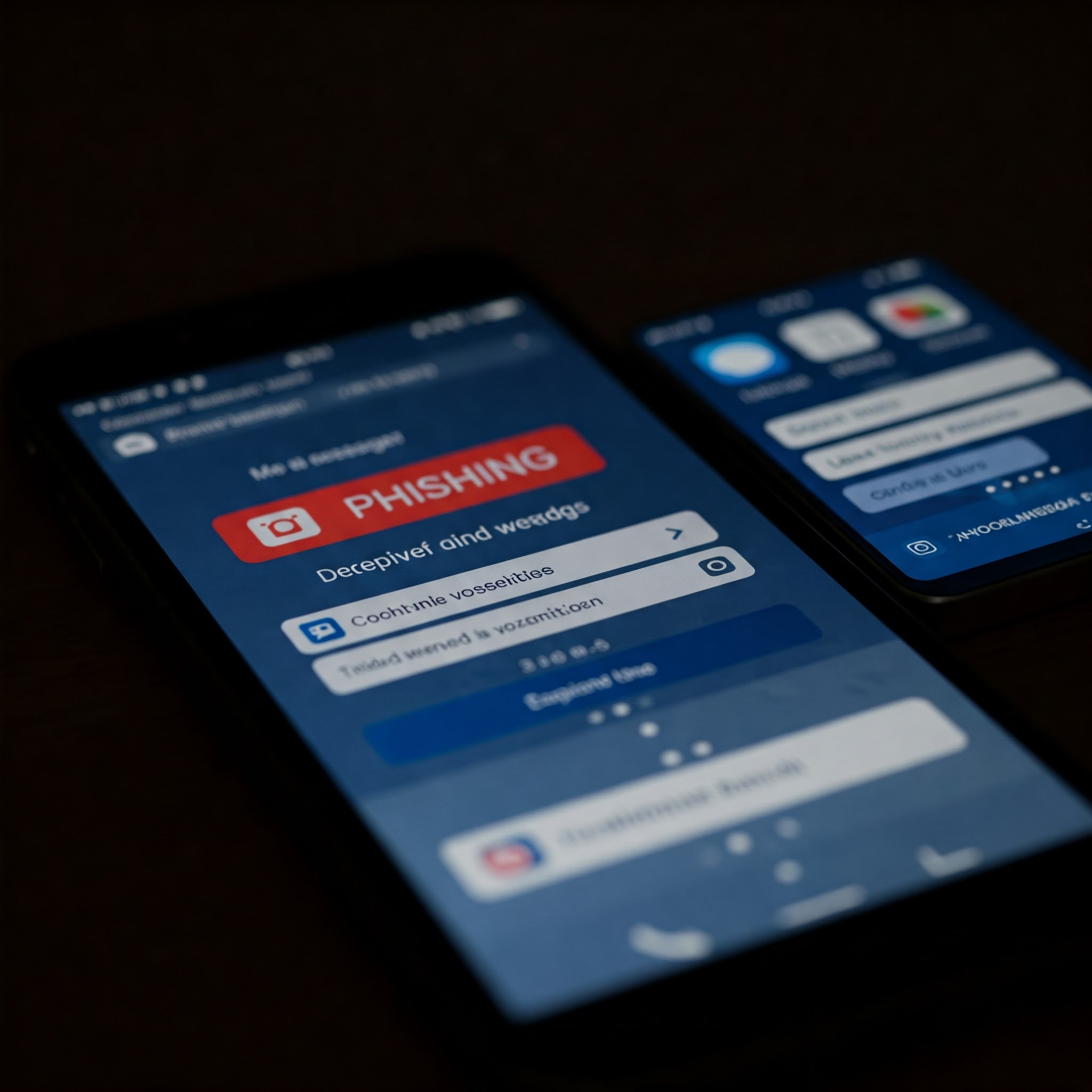
Mobile phone fraud refers to any fraudulent activity that is carried out using mobile phones or mobile networks. This can include a wide range of activities, such as identity theft, phishing scams, and premium rate service fraud. Mobile phone fraud is a growing problem, with fraudsters using increasingly sophisticated methods to carry out their activities. In this article, we will explore the definition of mobile phone fraud, the different types of mobile phone fraud, and the measures that can be taken to prevent it.
Definition of Mobile Phone Fraud
Mobile phone fraud refers to any fraudulent activity that is carried out using mobile phones or mobile networks. This can include a wide range of activities, such as identity theft, phishing scams, and premium rate service fraud. Mobile phone fraud can be carried out by individuals or organized criminal groups, and can result in financial losses, identity theft, and damage to reputation.
Types of Mobile Phone Fraud
There are various types of mobile phone fraud that criminals can use to commit fraudulent activities. Some of the most common types of mobile phone fraud include:
Identity Theft
Identity theft involves stealing someone’s personal information, such as their name, date of birth, and Social Security number, with the intention of using it to commit fraud. Mobile phones are often used to carry out identity theft, as they can be used to access personal information and financial accounts.
Phishing Scams
Phishing scams involve sending fraudulent emails or text messages that appear to be from a legitimate source, such as a bank or financial institution. The message will usually contain a link that, when clicked, will take the victim to a fake website that looks like the legitimate one. The victim will then be asked to enter their personal information, which the fraudster can use to commit fraud.
Premium Rate Service Fraud
Premium rate service fraud involves sending text messages to a premium rate number, which can result in the victim being charged a significant amount of money. Fraudsters often use this tactic to encourage victims to sign up for fake services or to enter into competitions that they have no chance of winning.
SIM Swapping
SIM swapping involves a fraudster convincing a mobile phone provider to transfer the victim’s phone number to a new SIM card that is under the control of the fraudster. This can be used to gain access to the victim’s accounts and carry out fraudulent activities.
Malware
Malware is software that is designed to harm or exploit a mobile phone or its user. Malware can be used to steal personal information, access financial accounts, and carry out other fraudulent activities.
Examples Of Mobile Phone Scam
Smishing
Smishing is a type of fraud that involves sending text messages that appear to be from a legitimate source, such as a bank or financial institution. The message will usually contain a link that, when clicked, will take you to a fake website that looks like the legitimate one. The fraudster will then ask you to enter your personal information, which they can use to commit fraud.
Vishing
Vishing is a type of fraud that involves a fraudster calling you and pretending to be a representative from a legitimate company, such as a bank or financial institution. The fraudster will then ask you to provide your personal information, such as your name, date of birth, and Social Security number.
Malware
Malware is software that is designed to harm or exploit your mobile phone or steal your personal information. Malware can be downloaded onto your mobile phone when you click on a link or download an app from an untrusted source.
Fake Apps
Fake apps are apps that are designed to look like legitimate apps but are actually fraudulent. These apps can be downloaded from untrusted sources and can be used to steal your personal information or to carry out other fraudulent activities.
One-Ring Scam
One-ring scams involve a fraudster calling your mobile phone and hanging up after one ring. The fraudster is hoping that you will call the number back, which will result in your being charged a premium rate for the call.
Mobile Payment Scams
Mobile payment scams involve a fraudster requesting payment from you using a mobile payment app, such as Venmo or PayPal. The fraudster will often pretend to be a friend or family member in need of money, but once you send the payment, the fraudster will disappear.
Wi-Fi Spoofing
Wi-Fi spoofing involves a fraudster setting up a fake Wi-Fi network in a public place, such as a coffee shop or airport. When you connect to the network, the fraudster can intercept your personal information and use it to commit fraud.
Prevention of Mobile Fraud
To prevent mobile fraud, you can take the following steps:
Be Skeptical
Be skeptical of any text messages, calls, or emails that you receive from unknown sources. Do not provide your personal information unless you are certain that the request is legitimate.
Use Strong Passwords
Use strong passwords for all of your accounts and change them regularly.
Use Two-Factor Authentication
Enable two-factor authentication for your accounts to add an extra layer of security.
Install Anti-Virus Software
Install anti-virus software on your mobile phone to protect it from malware and other types of malicious software.
Download Apps from Trusted Sources
Only download apps from trusted sources, such as the Google Play Store or Apple App Store.
Be Careful with Mobile Payments
Be careful when sending money using a mobile payment app. Only send money to people that you know and trust.
Avoid Public Wi-Fi Networks
Avoid using public Wi-Fi networks, as they are often unsecured and can be easily compromised by fraudsters.
Suspicious Activity Monitoring
Mobile phone providers should monitor their networks for suspicious activity, such as a large number of text messages being sent to premium rate numbers.
Education and Awareness
Education and awareness campaigns can help to prevent mobile phone fraud by making people aware of the risks and how to protect themselves. This can include advice on how to spot phishing emails and text messages, how to protect personal information, and how to report suspicious activity.
Reporting Fraud
Victims of mobile phone fraud should report the fraud to the appropriate authorities, such as the police or the Federal Trade Commission (FTC). This can help to prevent the fraudster from carrying out further fraudulent activities.
Conclusion
Mobile fraud is a growing problem, with fraudsters using increasingly sophisticated methods to carry out their activities. To prevent mobile fraud, it is important to be skeptical of any requests for personal information, use strong passwords and two-factor authentication, install anti-virus software, download apps from trusted sources, be careful with mobile payments, and avoid public Wi-Fi networks. By taking these steps, you can protect yourself from the devastating effects of mobile fraud.








Be the first to comment